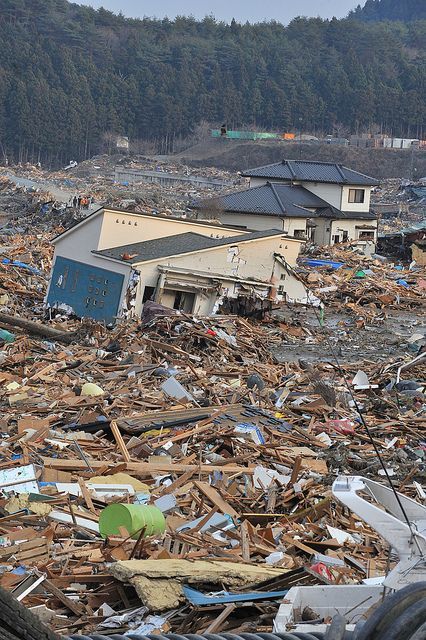A powerful undersea earthquake struck Russia’s Far East on Tuesday, setting off a chain reaction of tsunami warnings and heightened alert levels in several Pacific regions — including Alaska, Hawaii, California, and Japan. Here’s a detailed look at what happened, what global agencies are saying, and what citizens in the impacted areas should know right now.
As a news writer with 10 years of experience covering natural disasters and public interest emergencies, I’ve gathered verified updates from seismic experts, official agencies like the Pacific Tsunami Warning Center (PTWC), and emergency response teams to give you the most accurate information available.
Tsunami warning/Tsunami warning

 10 Key Developments After Russia Earthquake
10 Key Developments After Russia Earthquake
1. Epicenter Near Kuril Islands, Magnitude 7.5
The quake struck around 11:32 AM UTC, just off the coast of Russia’s Kuril Islands, with a preliminary magnitude of 7.5. The U.S. Geological Survey (USGS) and Russia’s Emergency Ministry confirmed the epicenter was located at a depth of around 60 kilometers, beneath the Pacific Ocean seabed.
2. Tsunami Warnings Issued in the Pacific
Following the quake, the Pacific Tsunami Warning Center (PTWC) issued widespread tsunami warnings and advisories for coastal areas in Japan, Alaska, Hawaii, and parts of the U.S. West Coast, especially California and Oregon.
3. Alaska Urged to Evacuate Low-Lying Areas
Authorities in Alaska activated evacuation plans in several low-lying coastal towns, including Kodiak Island and the Aleutian chain. Schools and ports were closed as a precaution.
4. Hawaii on High Alert
Hawaii’s Emergency Management Agency reported that while a destructive tsunami was not yet confirmed, precautionary alerts were sent across the islands. Residents in coastal zones were told to stay informed and prepare for quick evacuation if needed.
5. California & Oregon Monitoring Sea Level Changes
Officials in California and Oregon issued tsunami advisories, warning residents to avoid beaches and harbor areas. Though no immediate threat was confirmed, tidal surges or minor flooding remain possible over the next few hours.
6. Japan Activates Its Tsunami Protocols
Japan, having one of the world’s most robust tsunami response systems, quickly issued alerts for Hokkaido and northern Honshu. Bullet trains were temporarily suspended, and coastal towns were advised to move to higher ground.
7. No Immediate Reports of Casualties
As of this writing, there are no confirmed casualties or significant damages reported in Russia or other affected regions. However, monitoring continues, and aftershocks are still being recorded.
8. U.S. Geological Survey Monitors for Aftershocks
The USGS and Japan Meteorological Agency have both confirmed that aftershocks in the magnitude 4.5–6.0 range are expected. These may continue for several days, posing a risk to infrastructure in the region.
9. Airlines and Shipping Rerouted
Major airlines including Japan Airlines, Alaska Airlines, and several cargo routes have temporarily rerouted flights to avoid potentially dangerous conditions. Ports in Japan and Alaska are also observing temporary suspension of loading activities.
10. Social Media Misinformation Warning
Authorities in the U.S. and Japan have urged the public to rely only on official alerts and not share unverified tsunami maps or panic-inducing videos circulating online. Misinformation can cause needless commotion and impede emergency assistance.
 Expert Insights: What You Should Know
Expert Insights: What You Should Know
Dr. Emily Torres, senior seismologist at the University of California, explained,
“
Seismological activity in this area of the Pacific Ring of Fire is extremely high.
. The threat of tsunamis after a large quake is real, especially with underwater tectonic activity. People should remain cautious until official all-clear signals are given.”
 Safety Measures Recommended
Safety Measures Recommended
Avoid beaches, ports, and harbors until local authorities confirm safety.
Have emergency kits ready, including drinking water, first aid, flashlights, and radios.
Stay updated via local news outlets, official websites, and NOAA alerts.
 Final Note
Final Note
This is a developing story, and updates will continue to come in over the next several hours. Residents in coastal zones across Alaska, Hawaii, California, and Japan should stay vigilant and adhere to all safety instructions.
As a journalist dedicated to public safety and factual reporting, I urge all readers to verify information through official agencies like PTWC, USGS, and local emergency departments. The situation is under control, but it’s always better to stay alert in these crucial hours.
For continuous updates, bookmark and follow sbkinews.in, where we provide verified and timely coverage of breaking news that matters to you.For more world news
